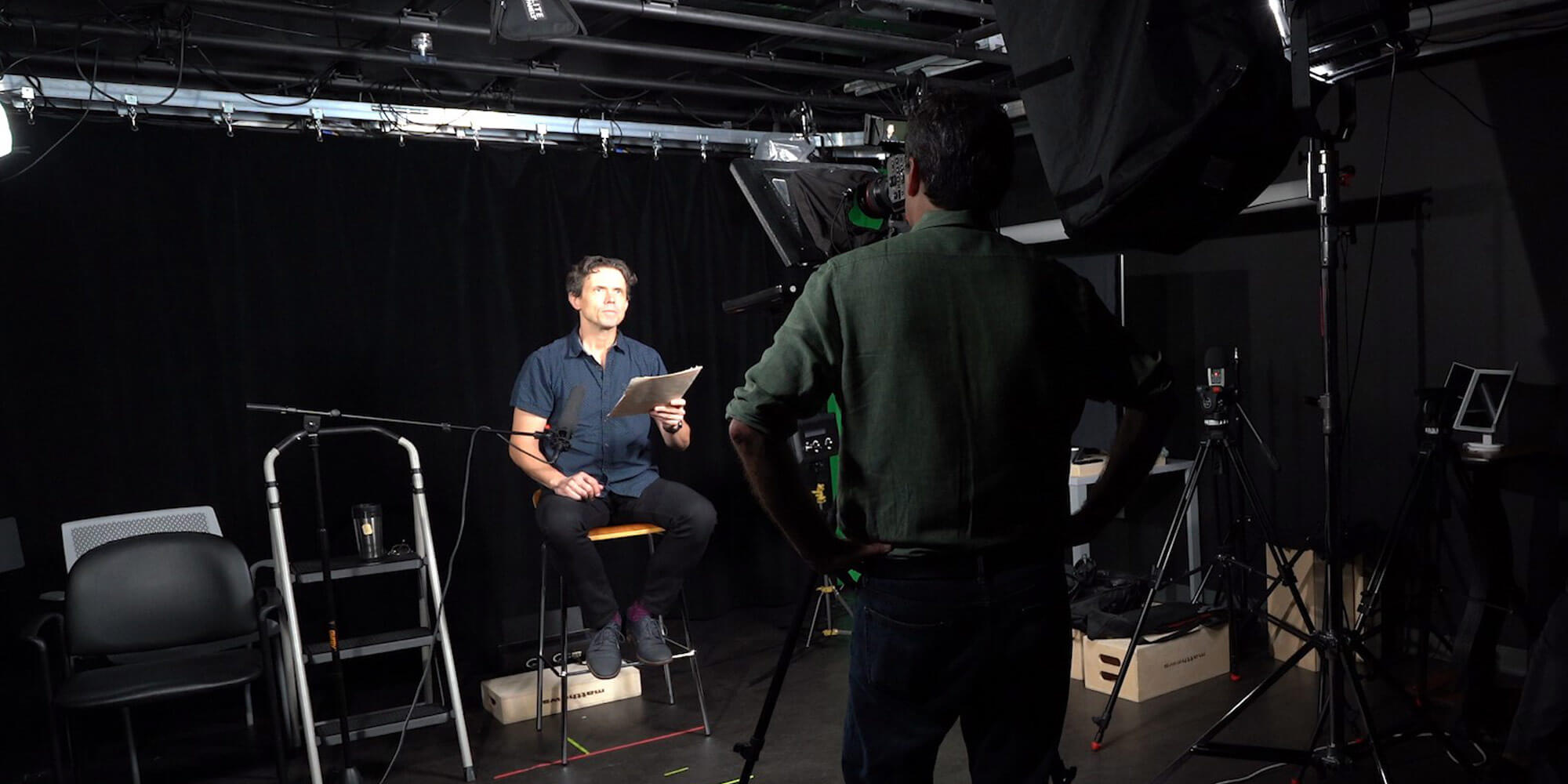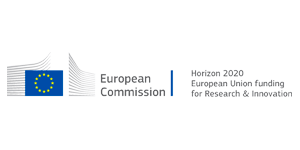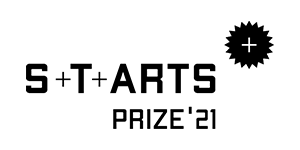Nomination
In July 1969, much of the world celebrated the “giant leap for mankind” of the successful moon landing. Fifty years later, nothing is quite so straightforward. In Event of Moon Disaster illustrates the possibilities of deepfake technologies by reimagining this seminal event. What if the Apollo 11 mission had gone wrong and the astronauts had not been able to return home? A contingency speech for this possibility was prepared, but never delivered, by President Nixon—until now.
In Event of Moon Disaster invites you into this alternative history and asks us all to consider how new technologies can bend, redirect, and obfuscate the truth around us. The project has a physical installation as well as an online component. The installation version consists of a 1960s American living room set allowing viewers to step back in time to watch the coverage of the Apollo 11 mission live on a vintage TV. The film journeys from blast off all the way to the moon where something goes terribly wrong and Neil Armstrong and Buzz Aldrin are stranded, prompting President Nixon to deliver the elegiac contingency speech to a mourning world. The website contains both the film and accompanying educational materials as well as a quiz used to evaluate the effectiveness of the awareness campaign.
Credits
Directors: Francesca Panetta, Halsey Burgund
An MIT Center for Advanced Virtuality production
Video dialogue replacement: Canny AI, Ltd
Voice conversion systems: Respeecher
Actor: Lewis D. Wheeler
Concept design: Magnus Bjerg, Jeff DelViscio, Francesca Panetta, Halsey Burgund
Project supervisor: D. Fox Harrell
With support from: MIT Center for Advanced Virtuality, Mozilla, Respeecher, Canny AI, MIT Open Documentary Lab, and International Documentary Film Festival Amsterdam










